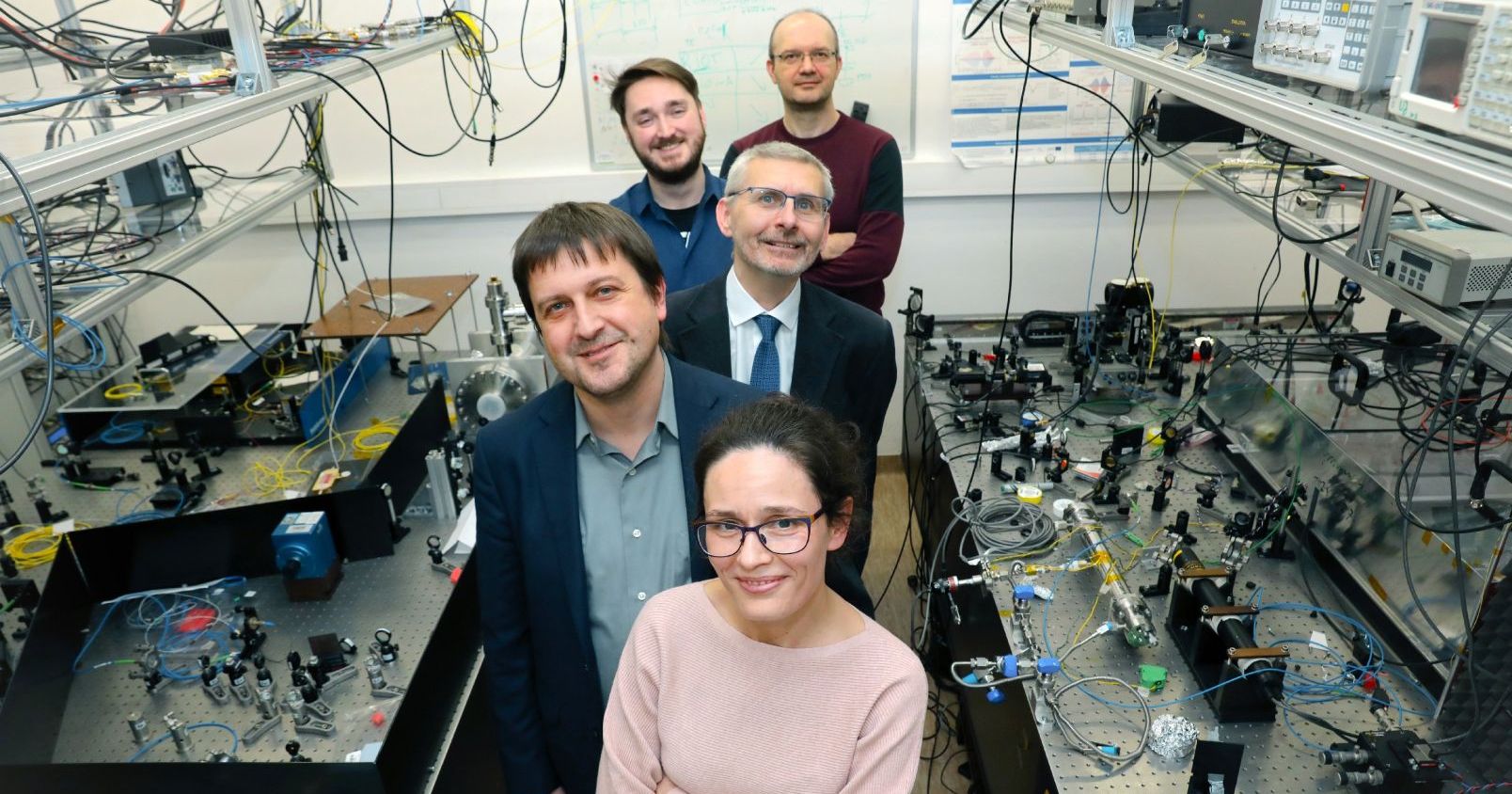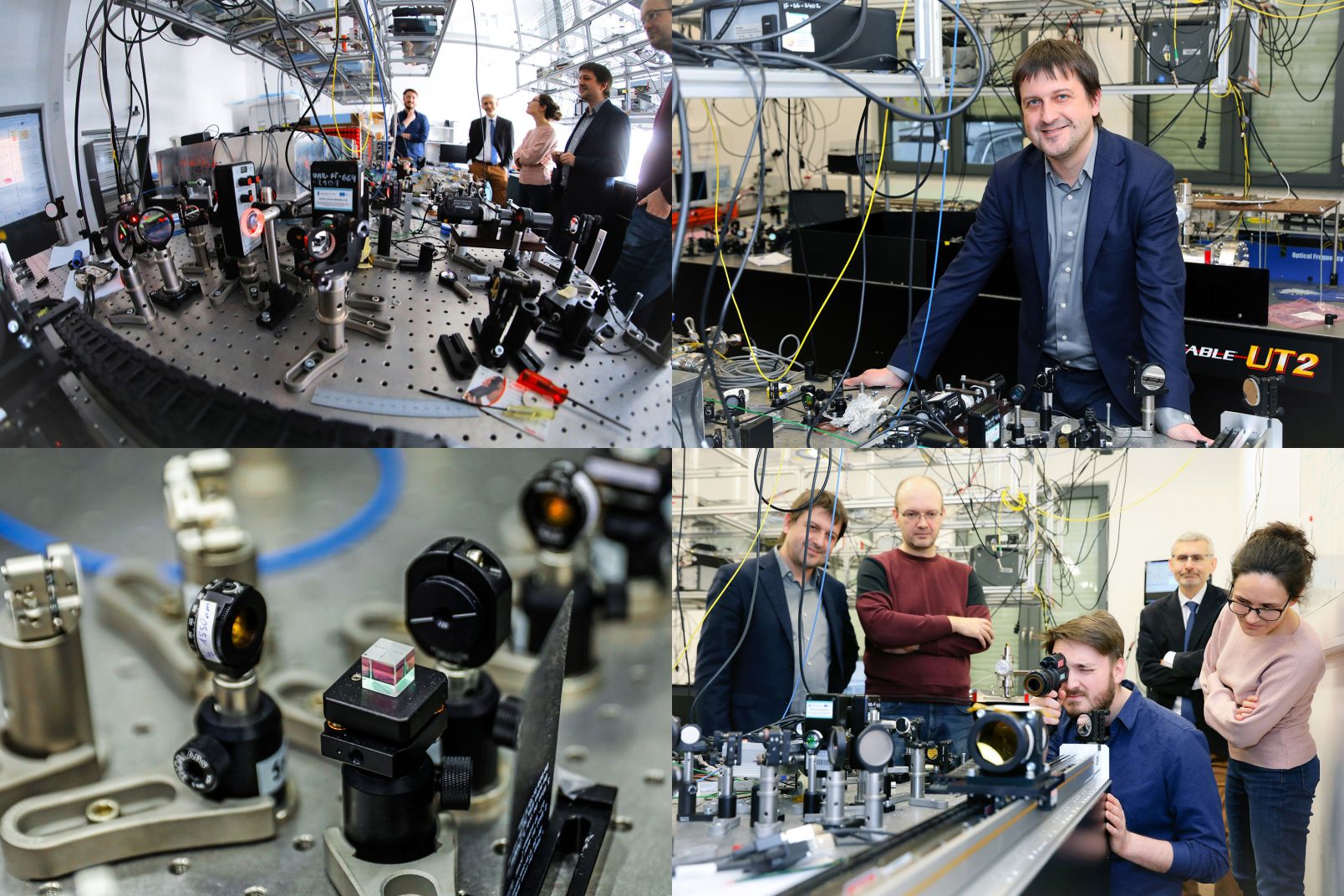 Exact sciences
Exact sciences
Molecules at a hairdresser’s
The physicists of NCU together with foreign researchers have demonstrated new methods of molecular spectroscopy in optical cavity structures, using among all optical frequency combs. Not only do they play a vital role in fundamental research, but they also have a lot of practical applications.
Developing the new methods of molecular spectroscopy in optical cavity structures was possible due to international cooperation. This was the effort of the physicists of the Chair of Atomic, Molecular, and Optical Physics in the Institute of Physics of NCU: Agata Cygan, Dr. habil., NCU professor; Dominik Charczun, M.Sc.Eng.; Akiko Nishiyamy, Dr.; Grzegorz Kowzan, Dr. Eng.; Roman Ciuryło, Prof. Dr. habil.; Daniel Lisak, prof. Dr. habil.; Piotr Masłowski, prof. Dr. habil., NCU professor and other colleague scientists from National Institute of Standards and technology (NIST) in USA, Deutches Elektronen-Synchotron (DESY) and Swiss Center for Electronics and Microtechnology (CSEM) in Switzerland. The research was also conducted within University Center of Excellence "From fundamental optics to bio-photonic implementations".

The newly developed methods are not only characterized with high definition and sensitivity, but due to replacing the traditional measurement of light intensity with optical frequency measurement, they also offer higher precision of the measured spectrum. This is a crucial property, which allows for wide implementations both in detection of trace amounts of gases, optical measurement of gas properties, used in models of atmospheric processes and climate changes, the examination of the dynamics of fast processes in optical cavity structures, description of the elements of precise optics, as well as in research on fundamental molecular interactions and the dynamics of chemical reactions, which require fast and high-definition spectroscopic measurements. The article "Dual‑comb cavity ring‑down spectroscopy" has just been published in the prestigious journal "Scientific Reports".
New methods, more opportunities
Before we move onto the detailed settlements by the physicists, it is worth explaining that an optical cavity is a system designed in order to control the feedback generated by light waves. At such a construction, it is usually necessary to use mirrors or materials which easily reflect the waves. The cavities are indispensable elements of multiple appliances which are based on lasers, which are applied in measuring systems, data transmission, safety, healthcare and environmental protection.
The method cavity buildup dispersion spectroscopy was described ("Cavity buildup dispersion spectroscopy") by a team of researchers last year, in the magazine "Communications Physics".
It is based on stimulating single resonance modes (a type of vibration in wave motion) of optic cavity, filled with the examined gas, by means of a spectroscopically narrow and tunable laser, and then on Fourier analysis of the registered signal of rumbles between the cavity and the laser – explains Agata Cygan, Dr. habil, NCU professor. - This approach made it possible for the first time to simultaneously carry out the highly precise measurement of the absorption and dispersion part of the spectrum. It also contributed to the growth of the speed and the dynamics of spectroscopic measurements with the application of tunable lasers.
The next step was to expand this approach to broadband spectroscopy with the use of optical frequency combs, which allowed to measure many particles at the same time. The experiment and its results were described in the article "Dual-comb cavity-mode width and shift spectroscopy", ("Measurement"), published this year.
The result of simultaneous simulation and detection of many modes of cavity with a tunable system of two optical frequency combs was simultaneous absorption and dispersion broad band spectroscopy- dual-comb cavity-mode width and shift spectroscopy – explains Dominik Charczun M.S. Eng., the main author of the publication. - It is characterized by both fast measurement and a compact optical combination.
The latest publication in "Scientific Reports" is a response to the problem of the spectrum measurement with cavity ring-down spectroscopy (CRDS) technique at multiple optic frequencies without the loss of spectral definition.

It is worth pointing out that the attempts to combine the widely used CRDS technique with the precision and spectral width of optical frequency combs had been undertaken worldwide since 2006. Every time, however, the limiting factor in proposed techniques was low spectral definition of the dispersion element in the detection system. In the method demonstrated by NCU, with the application of two optical frequency combs, one of which stimulated the examined gas in the optical cavity, and analyzing Fourier in the system of rumbles between them, for the first time parallel broadband spectroscopy CRDS was carried out with the definition limited only by the lifespan of light in the optical cavity.
The results of the work of the physicist have received great recognition on the international forum, the reflection of which are multiple scientific articles (already published and to-be published) in the top magazines of the field, as well as invitations to deliver lectures at international conferences. The new methods in molecular spectroscopy offer a lot of possibilities – both to other scientists for further research and to industrial and technological sectors
Spectroscopy is incredibly fascinating – it allows to examine physical systems through their interaction with light – says Daniel Lisak, Dr. habil. – It allows us to carry out fundamental research and run experiments which have utility functions, the results of which are applicable in, for instance, detection of air pollution, monitoring of climate changes, including the greenhouse effect, or in monitoring industrial processes.
 NCU News
NCU News






